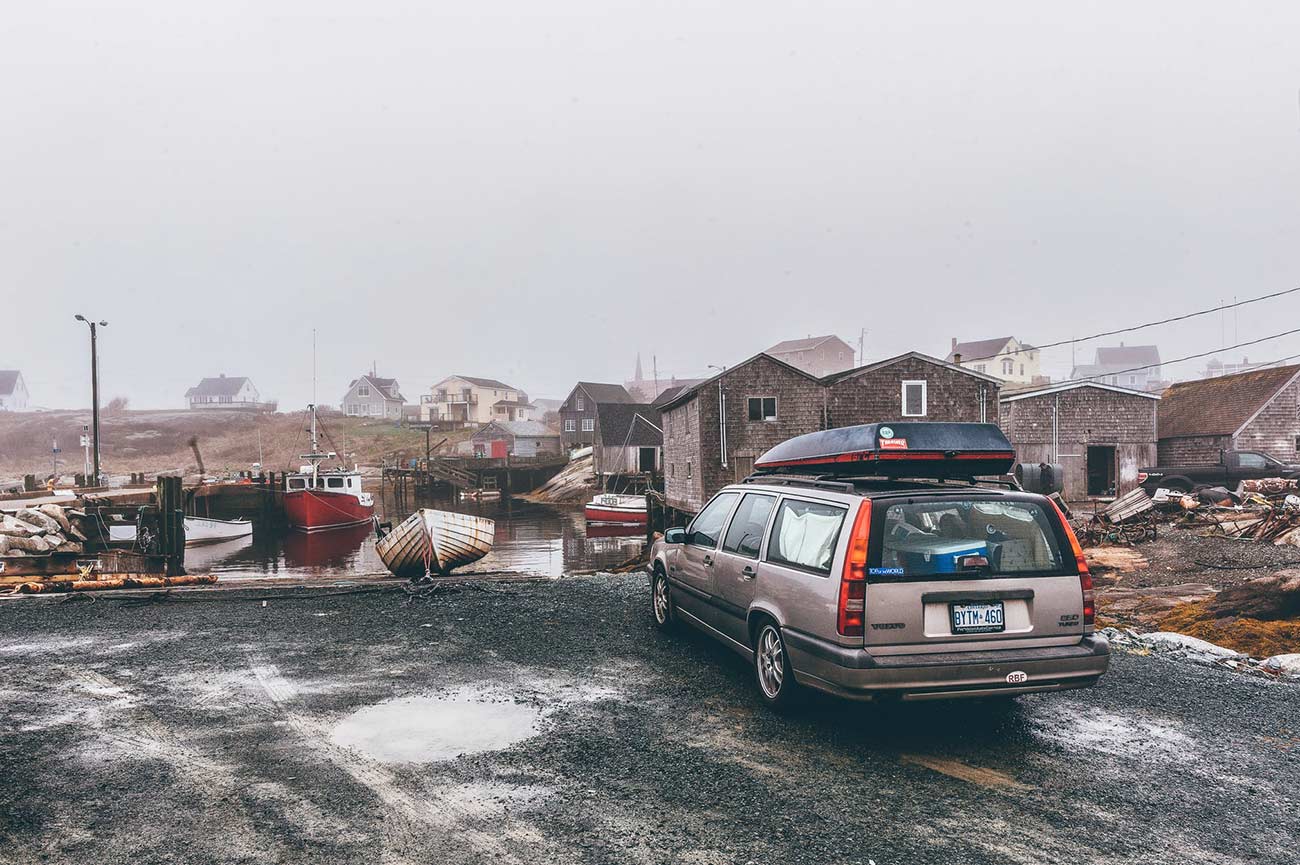It is important to know if an address is in a flood zone, especially if you are looking for a new home. If you look at a satellite image of different neighborhoods, you may think the layout is randomly chosen. However, most neighborhoods and other sections are actually laid out based on flood data. If you place a flood zone map over the satellite map, you will see that it aligns.
Flood zones are geographic areas that FEMA has defined as being at risk for flooding. Areas are divided into different areas based on the risk of flooding. Neighborhoods are created with these risks in mind. Some addresses have a higher risk than others, and it is important to know if an address is in a flood zone so that you can get the appropriate flood insurance. Follow these steps to find out if an address is in a flood zone.
#1 Check with FEMA
FEMA is the Federal Emergency management Agency, and it has a Flood Map Service Center that will show you flood zones, floodways, and what the risk is to different addresses. It also has important information including levees, coastal barriers, and the base flood line.
When you look at their map, you will see floodplains over the top of your property. When you look at this flood map, you will be able to see dates when a particular address had this information updated. They include a tool to help you decode this information. This is one of the best ways to find out if an address is in a flood zone.
#2 Get a Flood Sensor
If a home is in a flood zone, it is at risk for flooding. People get flood insurance to make sure that they are protected from any losses. However, many people want to be prepared and protect their property. The reality is that flood zones change, and addresses that are not in flood zones can still be subject to flooding.
You can use a flood sensor to let you know when water levels change. You can keep a flood sensor in the basement, and it will warn you when the basement is in danger of flooding. In addition, many home security systems offer water detection through devices that are a part of the system. This can catch flooding early so that you can be prepared before it gets out of control.
#3 Keep Track of Any Changes
Flood zones change over time due to changes in the environment, new constructions, and other factors. It is important to pay attention to these changes because your flood zone may change over time. A good rule of thumb is to check the flood zone map every five years or so. This will allow you to know if your home is at a higher risk for flooding or if your risk has been reduced.
Flood zones are carefully monitored by FEMA, and anyone can find out the risk for any property. Although being in a flood zone doesn’t necessarily mean that you will experience flooding, it does impact the cost of owning a property. Most homes are financed on some level, and most banks require flood insurance if the property is in a flood zone. The type of flood insurance that is required is based on the level of risk.
It is important to find out if a property is in a flood zone, but it is even more important to understand what type of flood zone the property is in. They are divided into zones depending on the risk. The land is also divided into land that has a 100-year floodplain, a 500-year floodplain, or no floodplain. This tells you whether properties are at risk of a major flood in the next 100 years, 500 years, or not at all.
